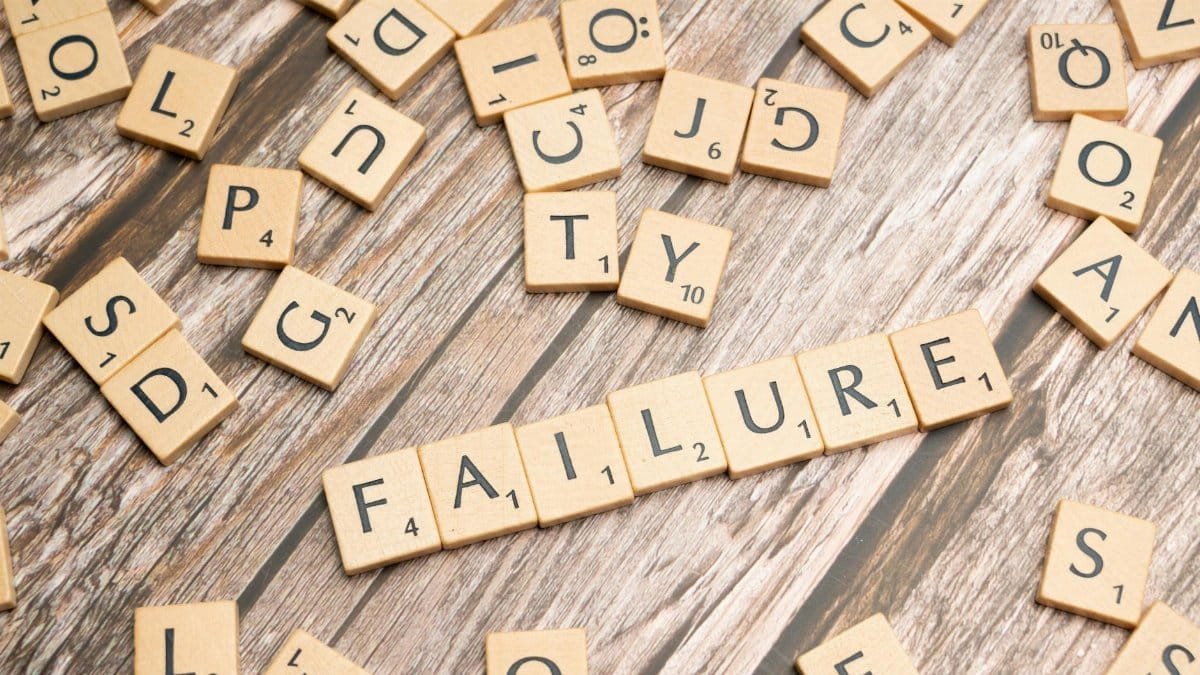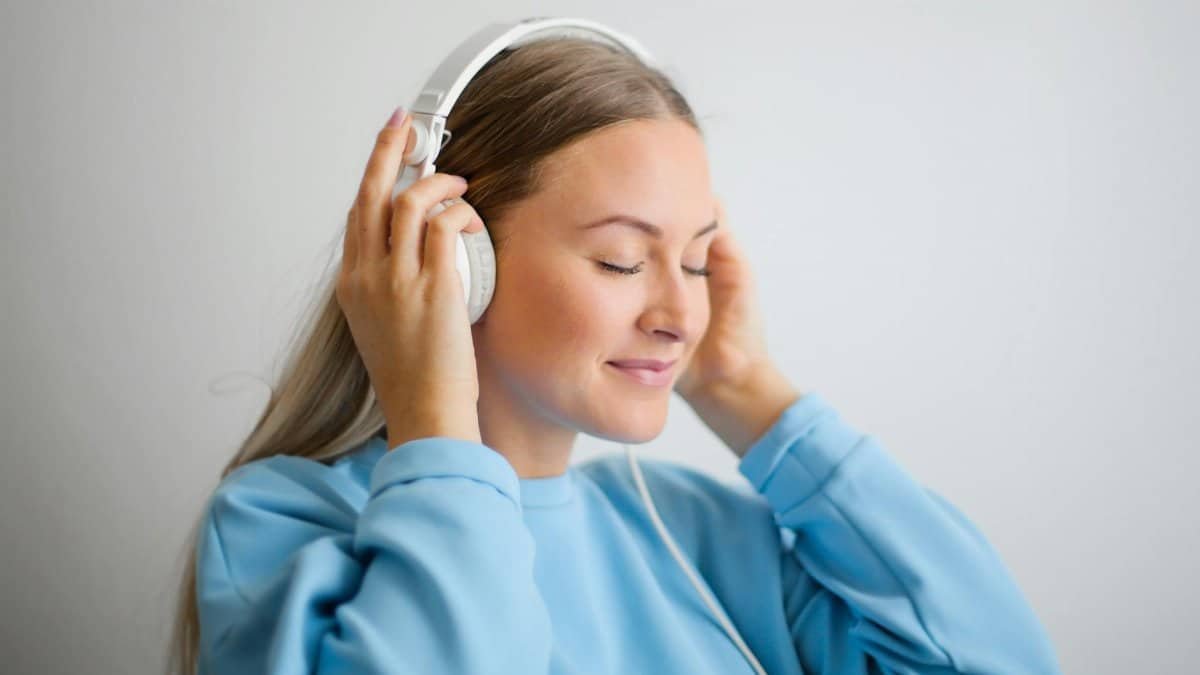In a world buzzing with stress, sound therapy is emerging as a game-changer for millions seeking inner peace. New data shows that 40% of Americans dealing with anxiety have turned to sound-based practices in the past year, according to a recent survey by the American Psychological Association. This isn’t just hype—practitioners report profound shifts in energy and relationships, allowing them to live with more intention and ease. As we head into 2025, sound therapy’s rise highlights a shift toward holistic healing amid rising mental health concerns.
What Exactly Is Sound Therapy?

Sound therapy harnesses vibrations from instruments like singing bowls, gongs, or even recorded frequencies to promote relaxation and healing. It’s rooted in the idea that sound waves can influence the body’s energy fields, reducing stress and improving emotional balance. Unlike traditional talk therapy, this method taps into auditory stimuli to realign the mind and body. Experts say it’s gaining traction in the U.S. because it’s accessible—anyone can try it at home with apps or simple tools. A study from the National Institutes of Health notes its potential in managing chronic pain and anxiety. NCBI Study on Vibroacoustic Therapy
The Science Behind the Shifts

Research backs up the buzz. Sound therapy affects brainwaves, shifting them from beta states of alertness to alpha or theta waves associated with deep relaxation. This can lower cortisol levels and boost endorphins, leading to those reported energy shifts. In 2025, with mental health apps incorporating sound features, more people are experiencing these benefits daily. A report from Harvard Medical School highlights how rhythmic sounds synchronize neural activity, fostering emotional resilience. Users often describe a sense of clarity that spills over into relationships, making interactions more intentional.
Real People, Real Changes

Take Lisa M., a New York teacher overwhelmed by work stress. After weekly sound bath sessions, she noticed a profound shift in her energy, feeling lighter and more present with her family. “It freed me to communicate without old resentments,” she shared. Stories like hers are common in U.S. wellness circles, where sound therapy is credited with healing relational wounds. Therapists report clients using it to break cycles of conflict, promoting growth and connection. This aligns with findings from the Journal of Alternative and Complementary Medicine, showing improved emotional regulation.
Sound Therapy in Healing Relationships

At its core, sound therapy aids in releasing trapped emotions that strain bonds. Couples in therapy sessions use guided sound meditations to foster empathy and understanding. In bustling cities like Los Angeles, group sound circles are popping up, helping participants shed negativity and embrace vulnerability. A 2025 trend report from Wellness Magazine predicts a surge in relational sound workshops, as people seek tools for intentional living. One key benefit: it encourages active listening, mirroring the ease needed for healthy partnerships. American Psychological Association on Music Therapy
Common Tools and Techniques

Getting started is straightforward. Popular tools include Tibetan singing bowls, which produce resonant tones to clear energy blocks, or binaural beats via headphones for brain entrainment. Techniques range from passive listening to active chanting, each tailored to personal needs. In the U.S., apps like Insight Timer offer free sessions, making it easy for beginners. Practitioners emphasize consistency— even 10 minutes daily can spark life changes. Experts warn against over-reliance, but combined with therapy, it’s a powerful ally for inner peace.
Potential Challenges and How to Overcome Them

Not everyone vibes with sound therapy right away. Some find the noises overwhelming or dismiss it as pseudoscience. Skeptics point to limited large-scale studies, though emerging research is promising. To overcome hurdles, start small: try a guided session in a quiet space. Accessibility issues, like cost of classes, can be bypassed with online resources. In 2025, virtual platforms are democratizing access, ensuring more Americans can explore its healing potential without barriers. Building a routine helps turn initial discomfort into profound growth.
Integrating Sound Therapy Into Daily Life

Incorporate it seamlessly: Begin mornings with a five-minute tone meditation to set intentions. During commutes, listen to calming frequencies to shift energy before work interactions. For relationships, share sessions with partners to build mutual ease. U.S. workplaces are even adopting sound breaks for stress relief, per a Gallup poll on employee wellness. This integration fosters sustained life changes, from better sleep to enhanced creativity. As trends evolve in 2025, expect sound therapy to become a staple in personal development routines.
The Broader Impact on Growth and Healing

Beyond individuals, sound therapy is influencing community healing. In group settings, it creates shared vibrations that promote collective inner peace. Advocates say it’s key for societal shifts, addressing widespread burnout. With rising interest in energy work, it’s tied to broader movements for intentional living. A Pew Research Center survey indicates growing acceptance of alternative therapies among younger Americans, signaling a cultural evolution. Ultimately, these practices empower people to heal from within, leading to transformative life changes.
Expert Insights on Long-Term Benefits

Therapists like Dr. Elena Rossi, a California-based sound healer, emphasize its role in sustained energy shifts. “Clients report lasting freedom from emotional baggage,” she says. Studies support this, showing reduced symptoms of depression over time. In the context of healing relationships, it helps rewire patterns for healthier dynamics. Looking ahead to 2025, experts predict integrations with tech, like AI-curated soundscapes, amplifying its reach. This positions sound therapy as a cornerstone for personal and relational growth.
